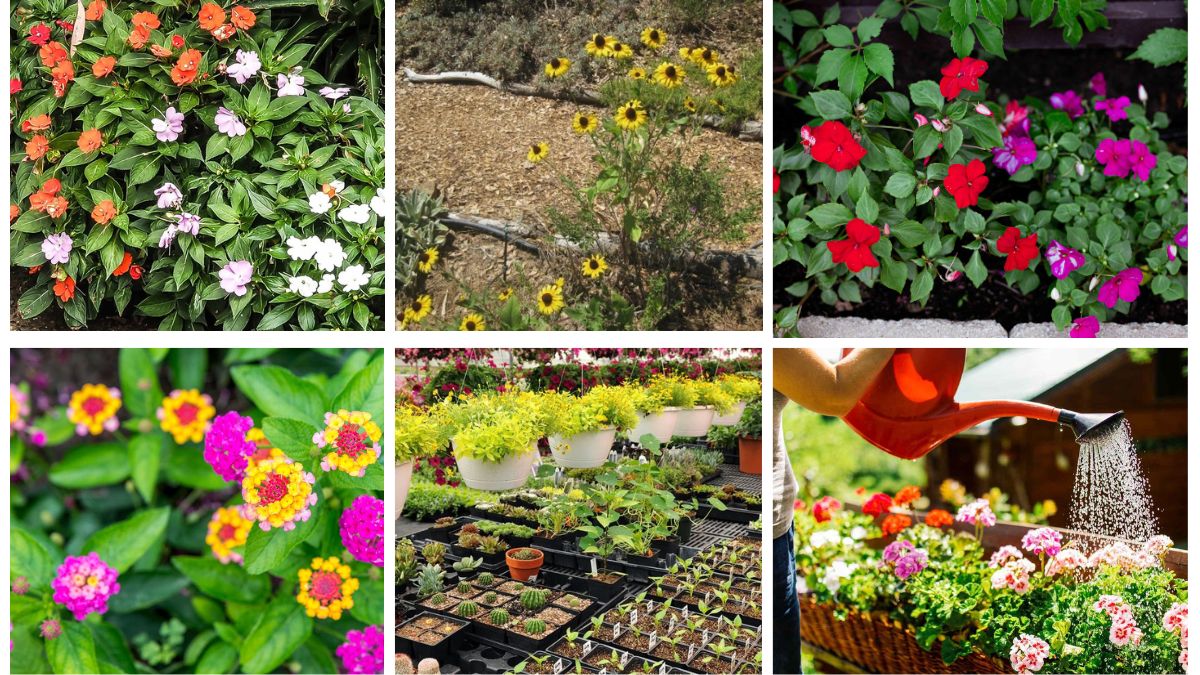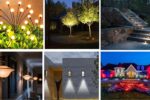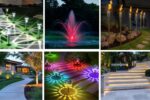Shady areas in the garden are often overlooked, but with the right approach, they can become some of the most enchanting spaces in your landscape. Whether you’re dealing with dense tree cover, north-facing walls, or buildings that block the sun, there are many ways to bring color and life to low-light zones. With proper planning and care, your shade garden can flourish just as beautifully as any sun-drenched flower bed. Here are 7 smart tips to help you plant flowers in shady spots and turn dark corners into dazzling displays.
1. Choose Shade-Loving Flower Varieties

Start with flowers that are naturally adapted to low-light conditions. Look for plants labeled as “full shade” or “partial shade.” Great options include impatiens, astilbes, bleeding hearts, foxgloves, and begonias. These plants don’t just tolerate shade—they thrive in it. Hostas, though mostly foliage plants, also produce lovely lavender blooms and pair well with other shade flowers. Selecting species that are biologically suited for your shady area ensures vibrant blooms and healthy growth with minimal stress.
2. Understand the Type of Shade You Have
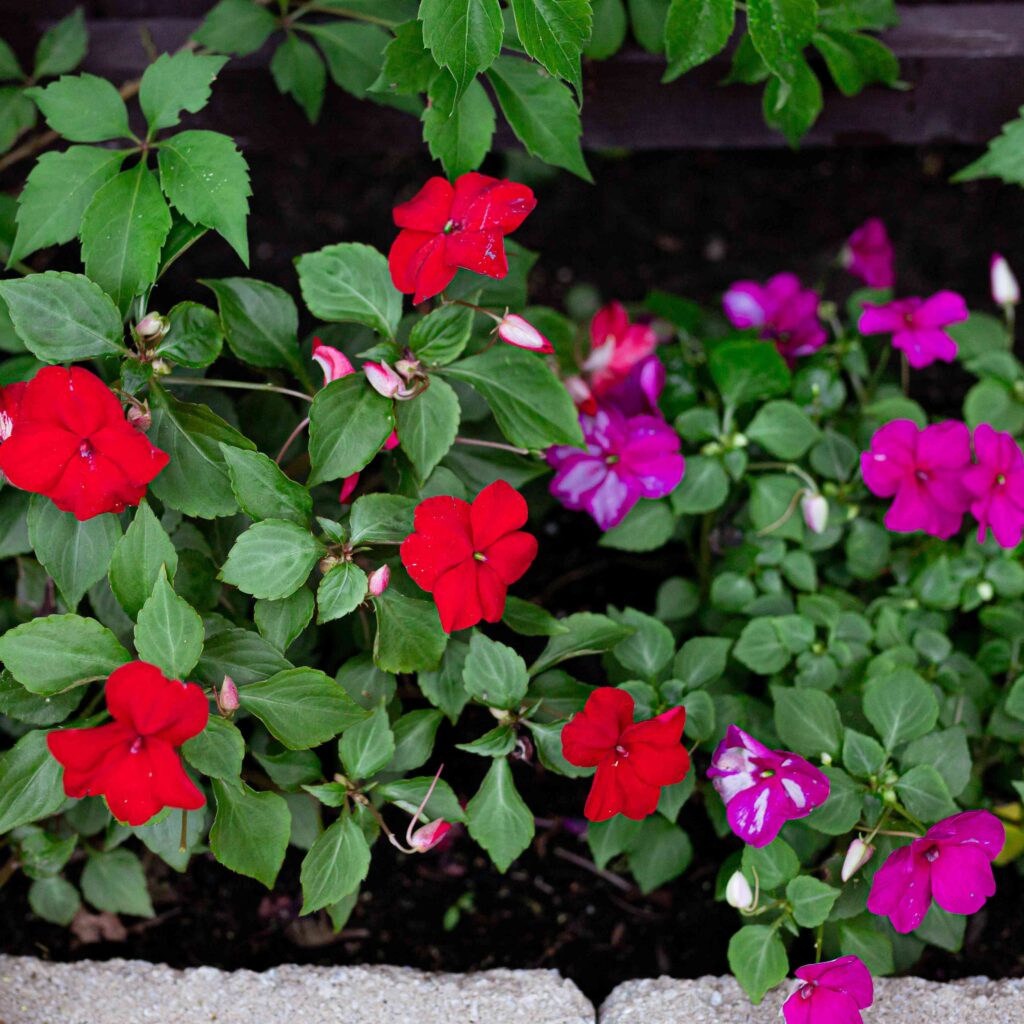
Not all shade is the same. Determine whether your area is in light shade (filtered sunlight), partial shade (a few hours of direct sun), or deep shade (almost no sun). Some plants can handle dappled light under trees, while others require brighter indirect light to flower well. Knowing this helps you choose the right plants for each microclimate. For instance, hellebores and columbines do well in partial shade, while ferns and hostas are ideal for full to deep shade.
3. Prepare the Soil with Rich Organic Matter
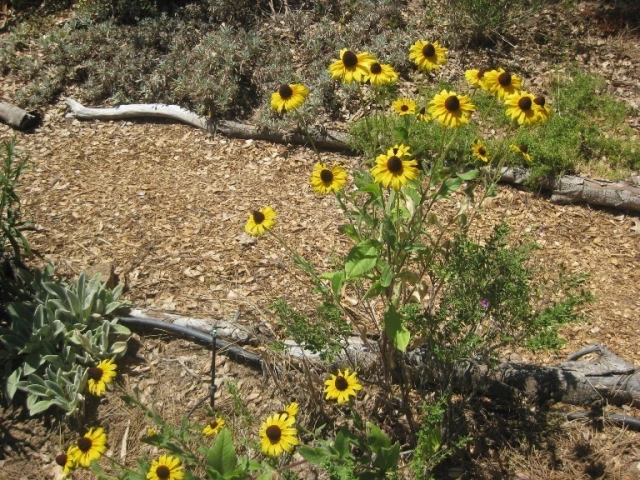
Shady areas often have compacted or nutrient-poor soil, especially under trees or next to buildings. Enrich the planting area with compost, aged manure, or organic matter to improve drainage and provide essential nutrients. Loosening the soil also encourages better root development. Because shade plants usually compete with tree roots for nutrients, feeding the soil well at planting time sets your flowers up for success and ensures lush, long-lasting blooms.
4. Space Plants Strategically for Airflow
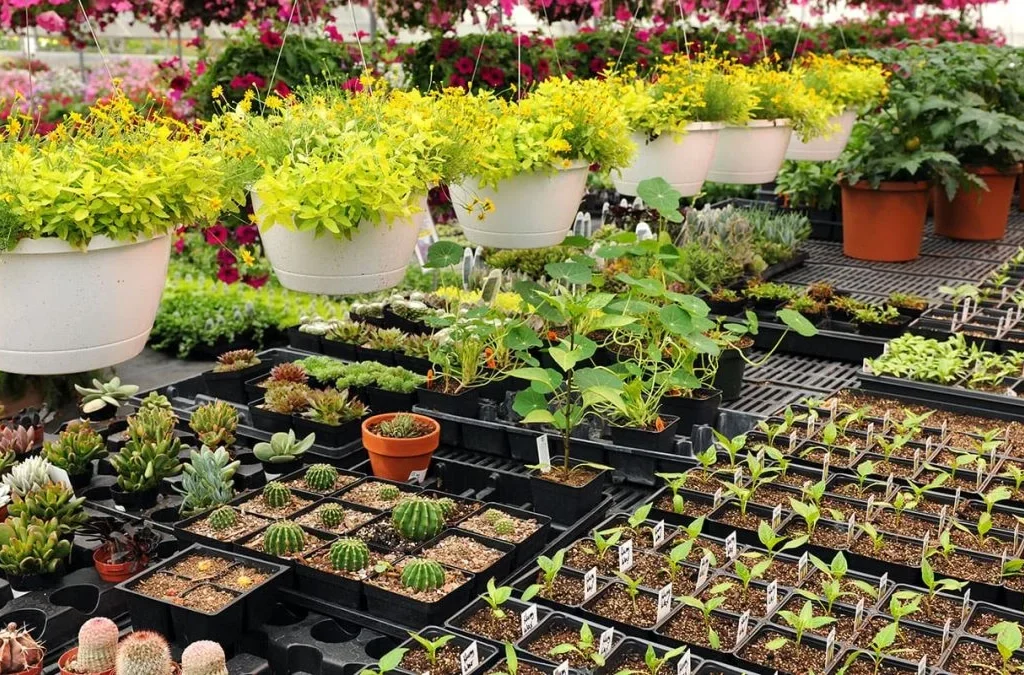
Shade can also mean higher humidity and less air circulation, especially under tree canopies or beside fences. This can lead to mildew and fungal problems if plants are overcrowded. Always follow spacing recommendations on plant tags to allow for proper airflow and light penetration. This not only prevents disease but also helps your shade flowers maintain a clean, attractive shape. Thinning overgrown areas occasionally can also help improve airflow and reduce pest issues.
5. Use Bright Colors and Varied Textures
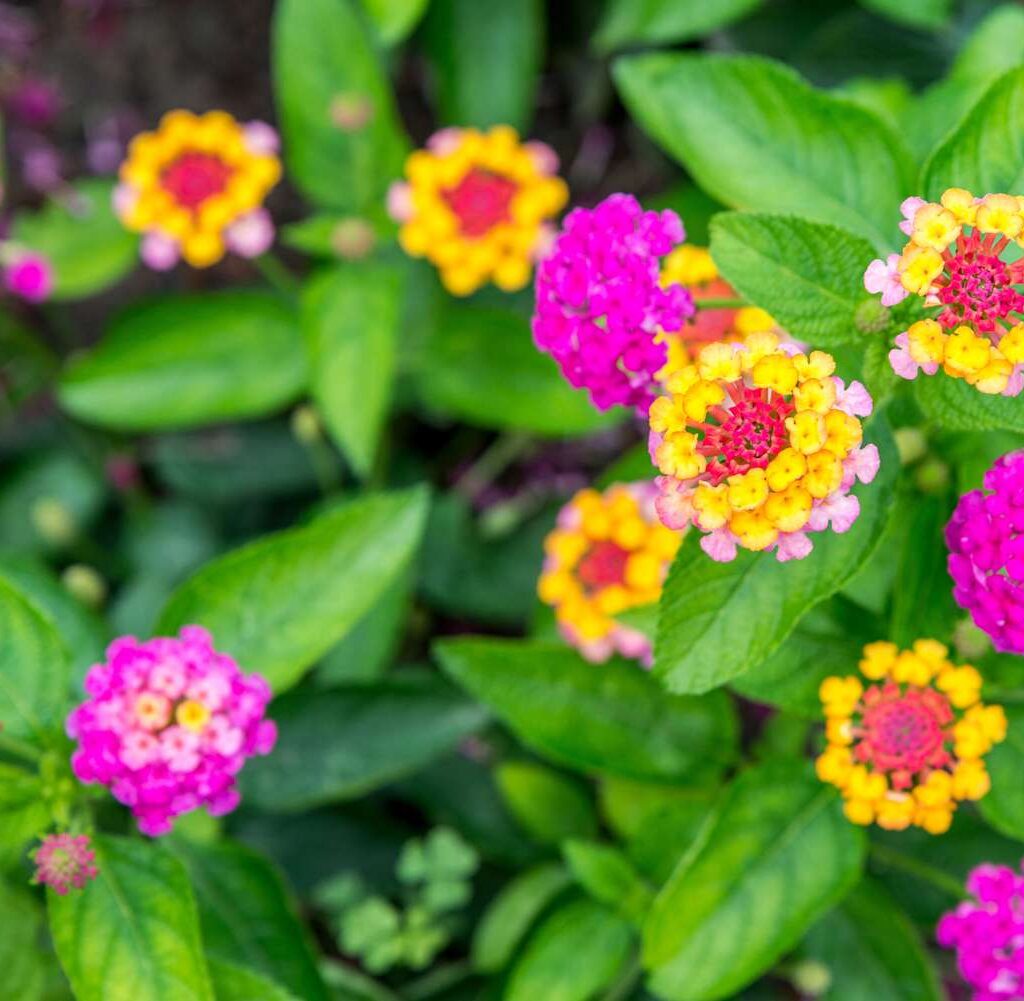
In shady spaces, you’ll want to compensate for lower light by choosing plants with bold flower colors or eye-catching foliage. Bright pinks, whites, purples, and even light blues stand out beautifully against dark green backgrounds. Consider pairing flowering plants with variegated leaves, like spotted lungwort or white-edged hostas, to create visual interest. Using plants with different textures—like lacy ferns, feathery astilbes, or broad-leafed caladiums—adds dimension and beauty to even the darkest corner.
6. Water Wisely but Don’t Overdo It
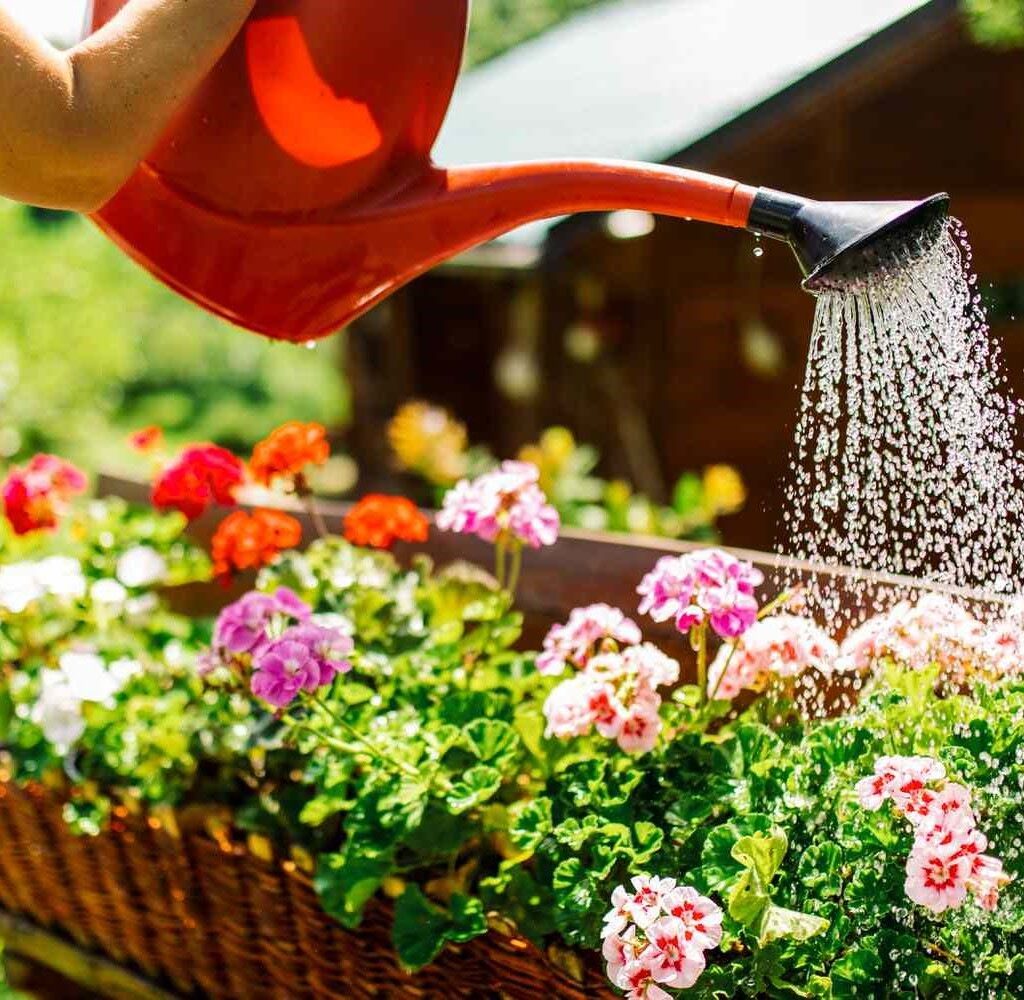
While shade slows evaporation, it doesn’t mean plants won’t need water—especially during dry periods. However, too much water in shaded spots can lead to soggy soil and root rot. Check the soil moisture regularly and water only when the top inch feels dry. Mulching with bark or leaf mold can help retain moisture while preventing weeds. Be especially mindful under trees where roots may steal water from your flowers. A soaker hose works well in these areas to deliver water directly to the roots.
7. Add Structure with Containers and Raised Beds

If the soil is too poor or tree roots are too dense, consider planting shade flowers in raised beds or containers. This gives you full control over soil quality and drainage while allowing more flexibility in plant placement. Containers filled with begonias, coleus, or fuchsia can brighten up patios, balconies, or entryways that receive limited sunlight. Use contrasting pots and staggered heights to add structure and interest to shaded spots that might otherwise go unused.
Final Thoughts
Don’t let shady areas go to waste—embrace them! With these 7 expert tips, you can create a serene, colorful garden even in the darkest corners. Whether it’s a cool woodland retreat or a cozy shaded patio, shade-loving flowers can bring life, fragrance, and beauty where you least expect it. Let your imagination guide you, and soon your shady space will be a blooming success.
